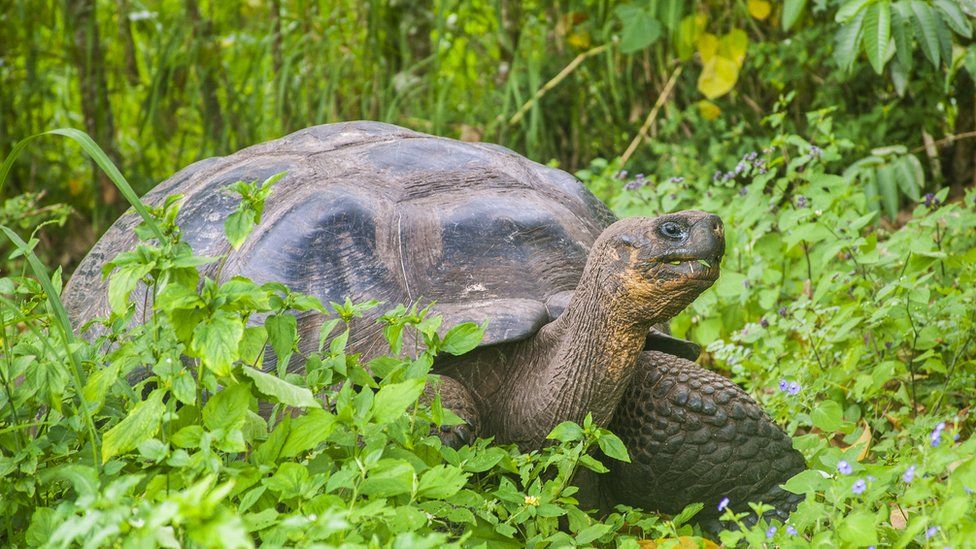ARTICLE AD BOX
By Merlyn Thomas & Vanessa Buschschlüter
BBC News
 Image source, Getty Images
Image source, Getty Images
Giant Galagagos Tortoises are protected but more than a dozen have been hunted in recent years
Ecuador has launched an investigation into the killing of four Giant Galapagos islands tortoises, which prosecutors fear were hunted and eaten.
Remains of the reptiles were found in a national park on Isabela, the largest island in the Galapagos.
Killing the endangered animals has been banned since 1933 but more than a dozen have been hunted in the last two years.
Tortoise meat was once considered a delicacy, but those who hunt them now face up to three years in jail.
In September 2021, park rangers found the remains of 15 Sierra Negra giant tortoises on Isabela.
Photos of their empty shells were widely shared on social media and caused outrage in Ecuador - of which the Galapagos Islands are part of - and beyond.
Evidence gathered at the time suggested the 15 had been hunted for their meat.
The recent discovery of remains of four more animals has reignited fears that the practice continues despite the total hunting ban.
Experts will carry out post-mortems on the remains and a unit specialising in environmental crimes is collecting testimonies from national park agents.
Giant Galapagos tortoises have a lifespan of more than 100 years and are synonymous with Charles Darwin, who pioneered the theory of evolution by studying them.
The ship Darwin sailed on, The Beagle, took 30 live tortoises on its long voyage from the Galapagos to Polynesia. Most of them were eaten by the crew.
There are currently about 15,000 of the giant tortoises in the world, compared to 200,000 in the 19th Century.

 2 years ago
40
2 years ago
40








 English (US) ·
English (US) ·